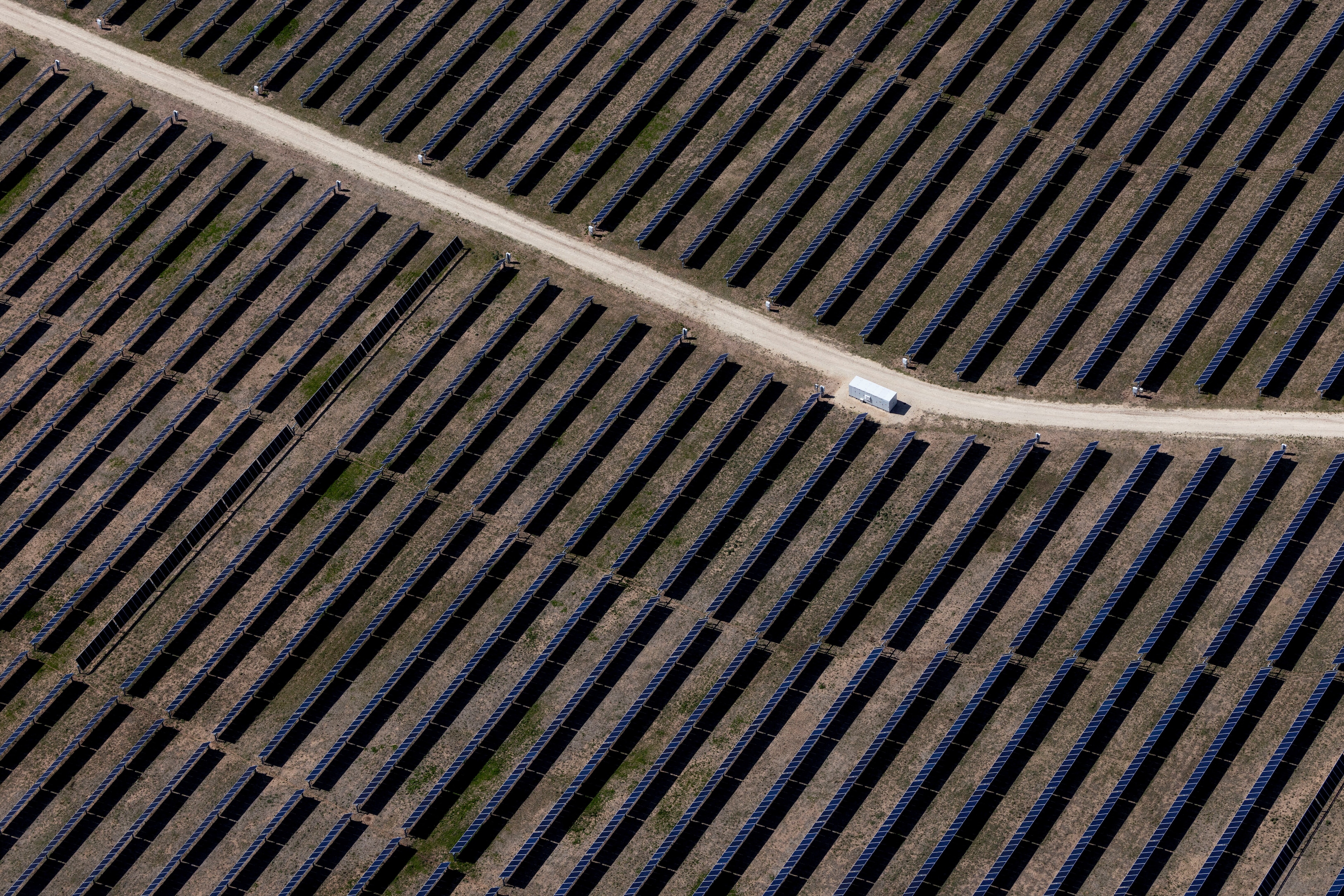A boost for energy access and renewables in Kenya

Stay up to date:
Energy Transition
Kenya’s renewable energy sector is set for a boost in September when a solar microgrid company plans to become the country’s first licensed private utility to sell power to the public, ending a half-century monopoly by the state electricity firm.
Earlier this year, the government granted Powerhive East Africa, an energy technology venture with its roots in the United States, a permit to supply electricity to rural homes in competition with 53-year-old grid giant Kenya Power.
For over two years, Powerhive has been running pilot schemes in four villages in Kisii, providing around 1,500 people with solar power.
“Our goal … is line with that of the government – we want to connect and provide reliable service to as many rural communities as possible,” said Rik Wuts, Powerhive’s co-founder and vice president for business development.
Under the deal, the company will produce solar power and distribute it to rural off-grid communities, providing a clean, stable electricity supply on a “viable commercial basis”.
Powerhive will begin generating and distributing electricity under its new license to homes in the west Kenyan counties of Kisii and Nyamira from September.
The area has a high population density and concentration of homes, making it ideal for microgrid models that rely on short distances between the power source and target premises. The microgrids connect around 150 to 300 clients per locality, as well as serving public buildings like schools.
Leveraging the falling prices of solar photovoltaic panels and power storage equipment globally, Powerhive says it has succeeded in bringing the cost of microgrid power closer to that of mains electricity.
“In many places in the developing world, the cost of (main) grid extensions is simply too high to be feasible,” said Wuts.
“The cost decline in solar and (power) storage will continue bringing off-grid generation costs ever closer to grid levels, and we have developed innovative technology to optimise the cost of distribution and the design of the distribution systems,” he told the Thomson Reuters Foundation.
Last-mile Connections
Kenya is trying to speed up expansion of electricity penetration across the country, particularly in rural areas, under the Last Mile Connectivity Project launched by the government in March.
This scheme aims to connect some 310,000 people living close to 35,000 Kenya Power transformers to the grid in the next two years, at a cost of around $200 per connection.
The model used by Powerhive will help bring power to over 50,000 primary schools that are set to benefit from a government-sponsored project to equip them with laptops, according to Pavel Oimeke, director of renewable energy at the Energy Regulatory Commission.
The Powerhive utility concession is “a win-win development for Kenya that will allow more people to access electricity and make the industry more competitive”, he said.
Kenya has a huge market for power that companies like Powerhive could exploit, he added.
“If they make a good business case, we can expect more players to come on board and help connect more people,” Oimeke said.
Powerhive may not pose a major threat to a well-funded, established entity like Kenya Power, but the role of smaller companies in energy-sector development should not be underestimated, he noted.
World Bank figures indicate that only around three in 10 Kenyans have access to electricity, dropping to around two in 10 in under-served rural areas.
Oimeke predicted that solar power’s market share in Kenya would increase through microgrids with continued government support in the form of enabling legislation and regulation.
But Wuts argued that if Kenya Power can access funds to assist with the cost of lighting up rural areas, smaller utilities should also be able to tap concessional loans, government guarantees and other financial support.
Last November Kenya Power received a $147 million loan from the African Development Bank and the Kenyan government for the Last Mile venture.
“We have confidence in our model on a fully commercial basis, but we would be happy to cooperate with the government and Kenya Power to reach Kenya’s electrification goals as soon as possible,” Wuts said, expressing an interest in joining the Last Mile project.
This article is published in collaboration with Thomson Reuters Foundation trust.org. Publication does not imply endorsement of views by the World Economic Forum.
To keep up with the Agenda subscribe to our weekly newsletter.
Author: Maina Waruru is a freelance contributor for the Thomson Reuters Foundation, with an interest in science and climate change issues.
Image: A prototype sun tracking solar panel. REUTERS/Mike Blake.
Don't miss any update on this topic
Create a free account and access your personalized content collection with our latest publications and analyses.
License and Republishing
World Economic Forum articles may be republished in accordance with the Creative Commons Attribution-NonCommercial-NoDerivatives 4.0 International Public License, and in accordance with our Terms of Use.
The views expressed in this article are those of the author alone and not the World Economic Forum.
Forum Stories newsletter
Bringing you weekly curated insights and analysis on the global issues that matter.
More on Energy TransitionSee all
Ayla Majid
July 24, 2025
Manikanta Naik and Murali Subramanian
July 23, 2025
Arunabha Ghosh and Jane Nelson
July 22, 2025
Ali Alwaleed Al-Thani and Santiago Banales
July 21, 2025
Goodness Esom
July 18, 2025






